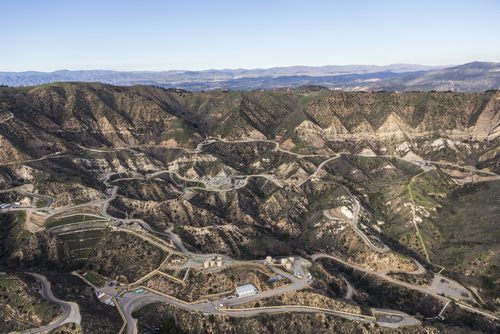CPUC seeks ways to replace Aliso Canyon SoCalGas facility with non-gas options

In response to a law passed in 2016, the California Public Utilities Commission (CPUC) last week issued a staff proposal exploring how the state’s largest natural gas storage facility – the Aliso Canyon facility owned by Southern California Gas Company (SoCalGas) – could be replaced.
The staff proposal was issued along with a ruling that details the findings of the CPUC’s review of the reliability and economic modeling from Phase 2 of the Aliso Canyon investigation. The ruling concluded that SoCalGas currently needs Aliso Canyon to reliably meet its energy demand for the Los Angeles basin. As such, it cannot be eliminated outright; it needs replacement resources in position before it can be retired. To reliably serve that energy demand by 2027 without use of Aliso Canyon, the report’s authors determined that either an annual reduction of 214 million metric cubic feet per day in forecast peak gas demand or an annual increase of 1,084 MW of non-gas-fired electric generation capacity (or both) would be needed.
The Aliso Canyon Natural Gas Storage Facility experienced a leak at its well in October 2015. While the leak was subsequently patched and inspections conducted that determined the facility safe to operate, it reopened in 2017 at a reduced capacity. Since then it has operated at billions of cubic feet of natural gas less than it was capable of before 2015. Additionally, Senate Bill 380 pushed CPUC to determine the feasibility of minimizing or eliminating the storage facility altogether, without sacrificing energy and reliability in the region.
Under the ruling, utilities and other parties will be required to provide implementation proposals based on the staff proposal. These could include commentary on the portfolio of non-gas-fired electric generation and storage, building electrification and energy efficiency needed to replace Aliso Canyon. The CPUC is currently accepting public comments on the ruling.
